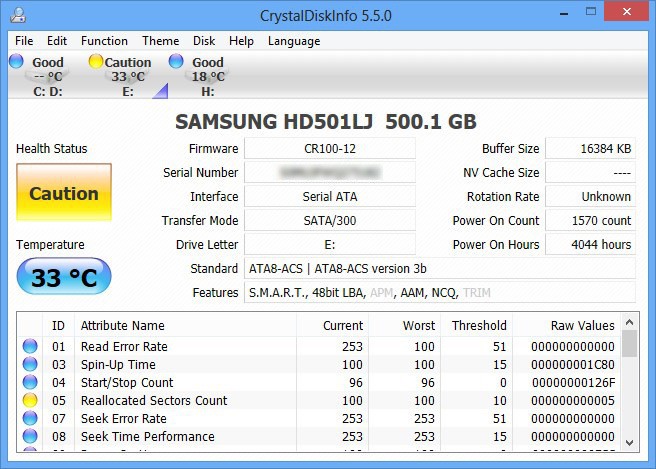


It is common to see MTBF ratings between 300,000 to 1,200,000 hours for hard disk drive mechanisms, which might lead one to conclude that the specification promises between 30 and 120 years of continuous operation. It was originally developed for the military and can be calculated several different ways, each yielding substantially different results. MTBF is a statistical term relating to reliability as expressed in power on hours (p.o.h.) and is often a specification associated with hard drive mechanisms. To address issues of reliability, Seagate is changing to another standard: " Annualized Failure Rate" (AFR). MTBF has proven useful in the past, but it is flawed.

Seagate is no longer using the industry standard " Mean Time Between Failures" (MTBF) to quantify disk drive average failure rates. Seagate is changing to another standard: "Annualized Failure Rate" (AFR). Seagate is no longer using the industry standard "Mean Time Between Failures" (MTBF) to quantify disk drive average failure rates.


 0 kommentar(er)
0 kommentar(er)
